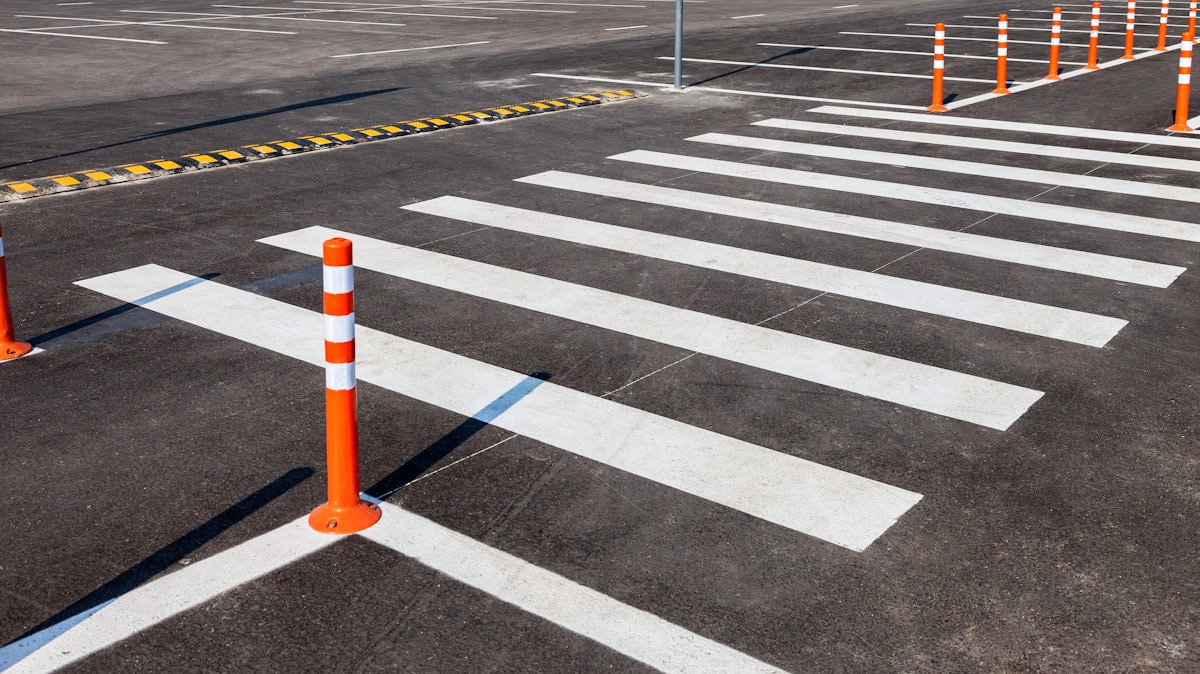In the pavement maintenance industry, products that market themselves as green, eco-conscious, or sustainable often have the unwarranted reputation of being inferior to their traditional counterparts. On the one hand, it isn’t without precedent.
There are examples from early adopters in the field of environmentally conscious products that may have come to market too soon, which offered a most sustainable product, but contractors didn’t feel it performed as well, and they often cost morel. However, times have changed.
Modern iterations are not only as good as the traditional options, but, in some cases, part of what makes these next-generation products more sustainable is that they, in fact, out perform their predecessors under the same use conditions.
Rethinking Pavement Maintenance
“I wouldn’t say that sustainability is gone, it’s just fallen a little [as a priority],” said John Evans, CEO of EverLine Coatings. “The benefits are just coming from a different place. We have to rethink pavement maintenance, take another look at it. It’s not a matter of choosing between sustainability, quality maintenance, and saving dollars. These products can achieve all these things.”
Evans’ company provides various products and services in the U.S. and Canada through a franchise network, they range from sealcoating and striping to asphalt repairs and infrared patches. They primarily serve in the commercial property market place. Evans believes that the sustainable and safety go hand-in-hand.
“By extending the life of the pavement, by its very nature, it should be more environmentally friendly,” he explained. “However, you put on top of that, products that last longer, like an MMA for example, it saves money, is more durable, requires fewer reapplications, and subsequently fewer trips back to the jobsite.”
MMA striping, or methyl methacrylate traffic paint, is a durable, two-component road marking system that offers long-lasting, high-visibility lines and markings, especially in high-traffic areas and harsh weather conditions. It’s popularity among striping contractors has grown significantly in recent years for multiple reasons, and safety and sustainability are two big factors.
“For a property manager, of course, they want something that’s going to be of great value,” Evans continued. “But at the same time, some of these large, publicly traded companies have their own internal sustainability initiatives. For contractors, this can be a differentiator. It allows them to connect deeper with those clients, opening up new budgets and opportunities.”
Breaking Down The Numbers
MMA contains far lower volatile organic compounds (VOC) per liter than even water based traffic paints, while lasting far longer, retaining its visibility and integrity. Water-based paints contain approximately 150 grams per liter, and oil-based paints can contain up to 350-400 grams per liter. MMA contains just 10 VOC grams per liter.
Additionally, water-based paints can require annual reapplications, and while oil-based paints are comparatively durable to MMA, requiring reapplications between two and five years, their VOC content is an order of magnitude greater. But MMA’s have other advantages in safety.
In the most literal way, the surface safety benefit of MMA has to do with its durability and visibility over time. Cross walks at busy intersections, school zones, parking lots, etc. are safer when their markings are more visible and attention grabbing for drivers, alerting them to slow down or stop.
On top of that, when you make MMA reflective through the addition of glass beads, it increases the surface friction potential. This means that even when the markings get wet from rain, the glass beads reduce the chance of slippage as people walk across it.
In the application of thermoplastics, as well, since they are frequently put down without a proper inlay, they can have a height of 60-90mm. That’s enough to be a trip hazard in its own right, especially for the senior members of the community. MMA goes down with a profile face of 15-25mm, nearly a quarter of the height.
For the contractors performing the application, MMA is safer for them too, because you aren’t dealing with heavy and potentially dangerous thermoplastic melters.
“We came to the Port of Houston, and they were painting their intersections with water-based products,” Evans said. “They were reapplying every five-to-nine days. We put down MMA a couple of months ago, and it hasn’t required a reapplication.”
View the original article and our Inspiration here


Leave a Reply